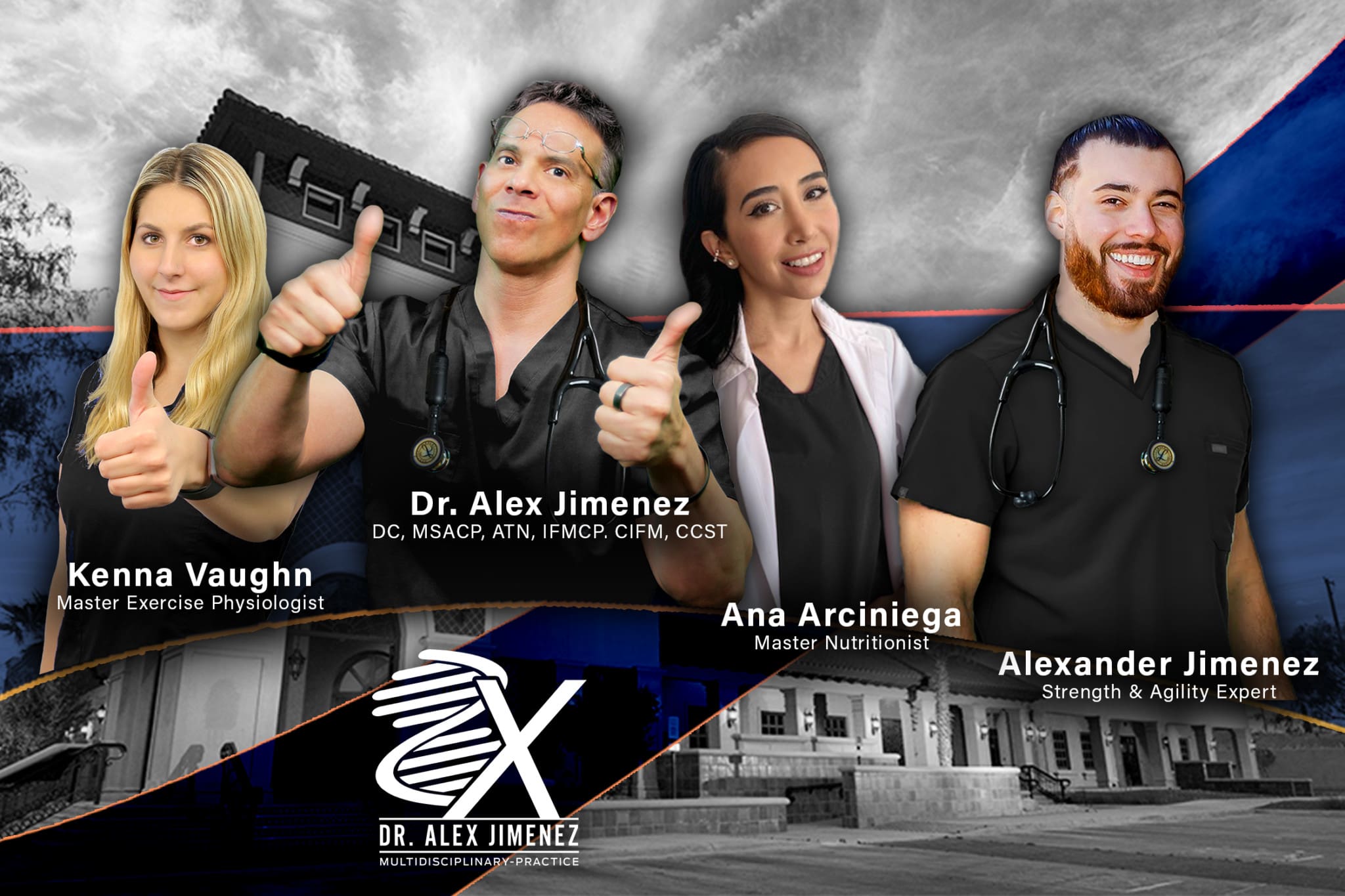Trending
- Car Crash Wellness Protocol: A Guide to Recovery
- Motor Vehicle Accidents and Chiropractic Care for Back Pain
- Integrative Trauma Rehabilitation El Paso After Auto Accidents
- Spinal Prevention and Auto Injuries Explained Clearly
- Auto Accidents and Severe Whiplash Treatment Options for PTSD
- Athlete MVA Recovery: Navigating Your Rehabilitation
- Sciatica After Car Accident: Treatment Options Explained
- Auto Accident Musculoskeletal Healing After Trauma
- Auto Injuries: Whiplash Symptoms and Physical Therapy Care
- Nutrition Improves Driver Alertness To Prevent Accidents
Spine Care
PUSH as Rx Spine Care Team. The spinal column, also known as the backbone, is a strong, flexible structure. It holds the weight of the head and torso. It allows movement in many directions. If it were a straight, inflexible rod, it would make humans walk like robots. However, that is not the case. The spine is flexible (moved and supported by muscles), enabling the ability to twist, hit a golf ball, and bend. The spinal column surrounds your spinal cord like a conduit around an electric cord. It protects the spinal cord, which can be thought of as a bundle of nerves running from the brain through the spinal column and branching out to the rest of the body.
The spine consists of three natural curves; the neck curvature or cervical spine, the upper back curvature or thoracic spine, and the lower back curvature or lumbar spine, all of which make a slight shape when viewed from the side. The spine is an essential structure because it helps support the upright posture of humans and provides the body with the flexibility to move and protect the spinal cord. Spinal care is important to ensure the body is functioning to its fullest capacity. Dr. Alex Jimenez strongly indicates across his collection of articles on spine care how to properly support a healthy spine.

